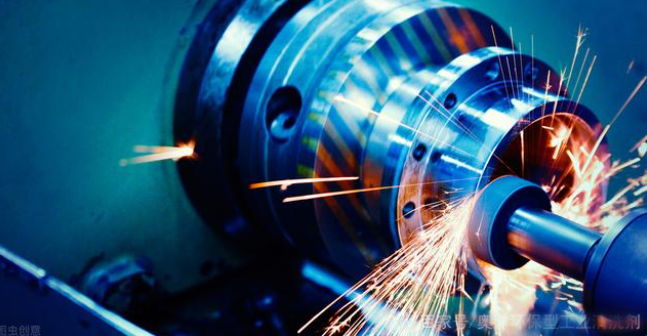I believe many people know what metal is? Metal is a magnetic substance formed in nature. There are many kinds of this substance. Some metals can be used to make furniture products, and some metals can be used to make jewelry. Most metals need to be polished during processing. For metal polishing, professional polishing and polishing equipment is generally used. Do you know the uses of metal polishing and grinding equipment? Now Z-LION will give you a detailed introduction.
Metal grinding and polishing technology
1. Mechanical polishing
Mechanical polishing is a polishing method in which a smooth surface is obtained by cutting and plastic deformation of the surface of the material to remove the polished convex part. Generally, Diamond Emery Strips, wool wheels, sandpaper, diamond polishing pads, diamond sanding wheel etc. are used. Using auxiliary tools such as turntables, ultra-fine grinding and polishing methods can be used for those with high surface quality requirements. Ultra-precision grinding and polishing is a special abrasive tool, which is pressed on the surface of the workpiece to be machined in the grinding and polishing liquid containing abrasive, and rotates at high speed. Using this technology, the surface roughness of Ra0.008μm can be achieved, which is the highest among various polishing methods. Optical lens molds often use this method.
2. Chemical polishing
Chemical polishing is to allow the microscopically protruding parts of the material to dissolve preferentially over the concave parts in the chemical medium, thereby obtaining a smooth surface. The main advantage of this method is that it does not require complex equipment, can polish workpieces with complex shapes, and can polish many workpieces at the same time, with high efficiency. The core problem of chemical polishing is the preparation of polishing liquid. The surface roughness obtained by chemical polishing is generally several 10 μm.
3. Electrolytic polishing
The basic principle of electrolytic polishing is the same as that of chemical polishing, that is, by selectively dissolving tiny protrusions on the surface of the material to make the surface smooth. Compared with chemical polishing, the influence of cathode reaction can be eliminated, and the effect is better. The electrochemical polishing process is divided into two steps: (1) Macroscopic leveling The dissolved products diffuse into the electrolyte, and the geometric roughness of the material surface decreases, and Ra>1μm. (2) Low light leveling Anodic polarization, improved surface brightness, Ra<1μm.
4. Ultrasonic polishing
The workpiece is placed in the abrasive suspension and placed in the ultrasonic field together, and the abrasive is ground and polished on the surface of the workpiece by the oscillation of the ultrasonic wave. The macroscopic force of ultrasonic processing is small, and it will not cause deformation of the workpiece, but it is difficult to make and install the tooling. Ultrasonic machining can be combined with chemical or electrochemical methods. On the basis of solution corrosion and electrolysis, ultrasonic vibration is applied to stir the solution, so that the dissolved products on the surface of the workpiece are detached, and the corrosion or electrolyte near the surface is uniform; the cavitation of ultrasonic waves in the liquid can also inhibit the corrosion process, which is conducive to surface brightening.
5. Fluid polishing
Fluid polishing is to scour the surface of the workpiece according to the high-speed flowing liquid and the abrasive particles it carries to achieve the purpose of polishing. Commonly used methods are: abrasive jet machining, liquid jet machining, hydrodynamic grinding, etc. Hydrodynamic grinding is driven by hydraulic pressure, so that the liquid medium carrying abrasive particles flows reciprocatingly across the surface of the workpiece at high speed. The medium is mainly made of special compounds with good flowability under lower pressure and mixed with abrasives, and the abrasives can be silicon carbide powder.
6. Magnetic grinding and polishing
Magnetic grinding and polishing is to use magnetic abrasives to form abrasive brushes under the action of a magnetic field to grind workpieces. This method has high processing efficiency, good quality, easy control of processing conditions and good working conditions. With suitable abrasives, the surface roughness can reach Ra0.1μm.
Most metal polishing will have a better effect after polishing. Metal polishing can make the metal surface smoother and more beautiful. Most furniture products and jewelry metals will be processed and polished before being sold on the market. There are many instruments and equipment used for polishing and grinding metals, and their working principles are also different. When we choose different machinery and equipment, we must start from its principle.
Post time: May-26-2022



